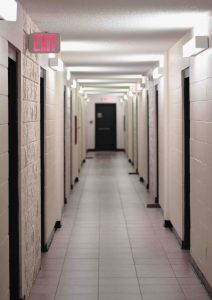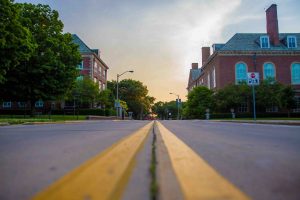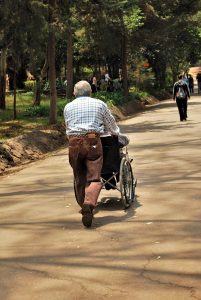If you have an elderly loved one in a nursing home or assisted living facility in Orange County, you may be wondering about the first signs that could point to abuse or neglect. Depending upon the type of elder abuse or neglect, it can be extremely difficult to identify early warning signs, especially when those signs and symptoms do not include obvious physical harm. Given that there are so many different types of nursing home abuse and neglect that can result in injury and even death, it is important to understand that early warning signs are not always the same, and anything that seems different or suspicious should be treated seriously. Indeed, any unexplained changes in an elderly loved one, including changes in personality or demeanor, as well as indications of infection, warrant further consideration. Our Orange County nursing home abuse lawyers can explain in more detail.
Identifying Early Signs of Elder Abuse and Neglect Can Be Complicated
One of the reasons that elder abuse or neglect can persist is that family members of the elderly person do not immediately recognize signs of symptoms of abuse. According to an article from the National Institute on Aging and the National Institutes of Health, it is critical to know that elder abuse can affect any older adult, and it can occur in nearly any location — from nursing homes with histories of abuse to state-of-the-art facilities that do not appear to have any outward indicators of problems.
 Southern California Nursing Home Abuse Lawyer Blog
Southern California Nursing Home Abuse Lawyer Blog












